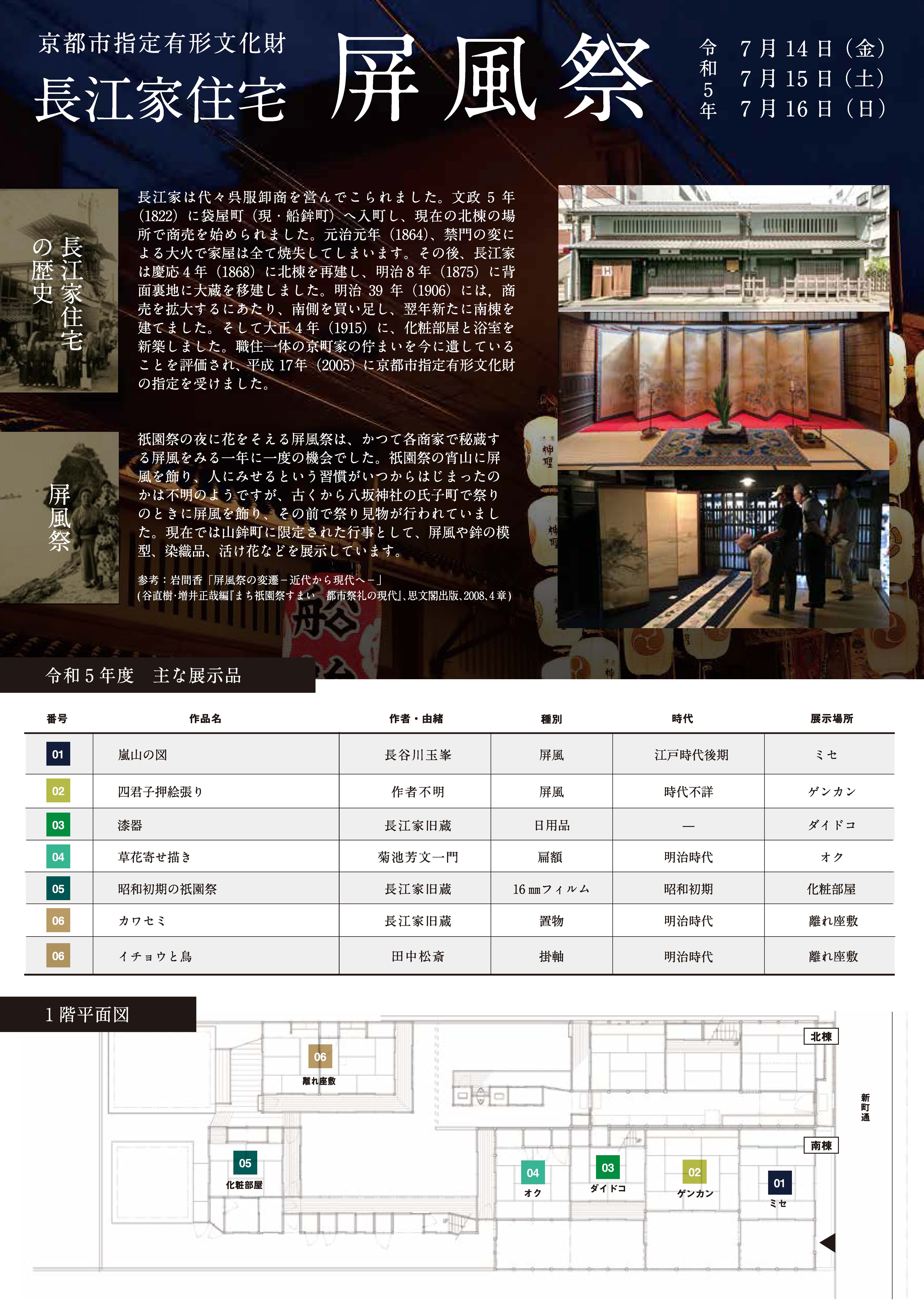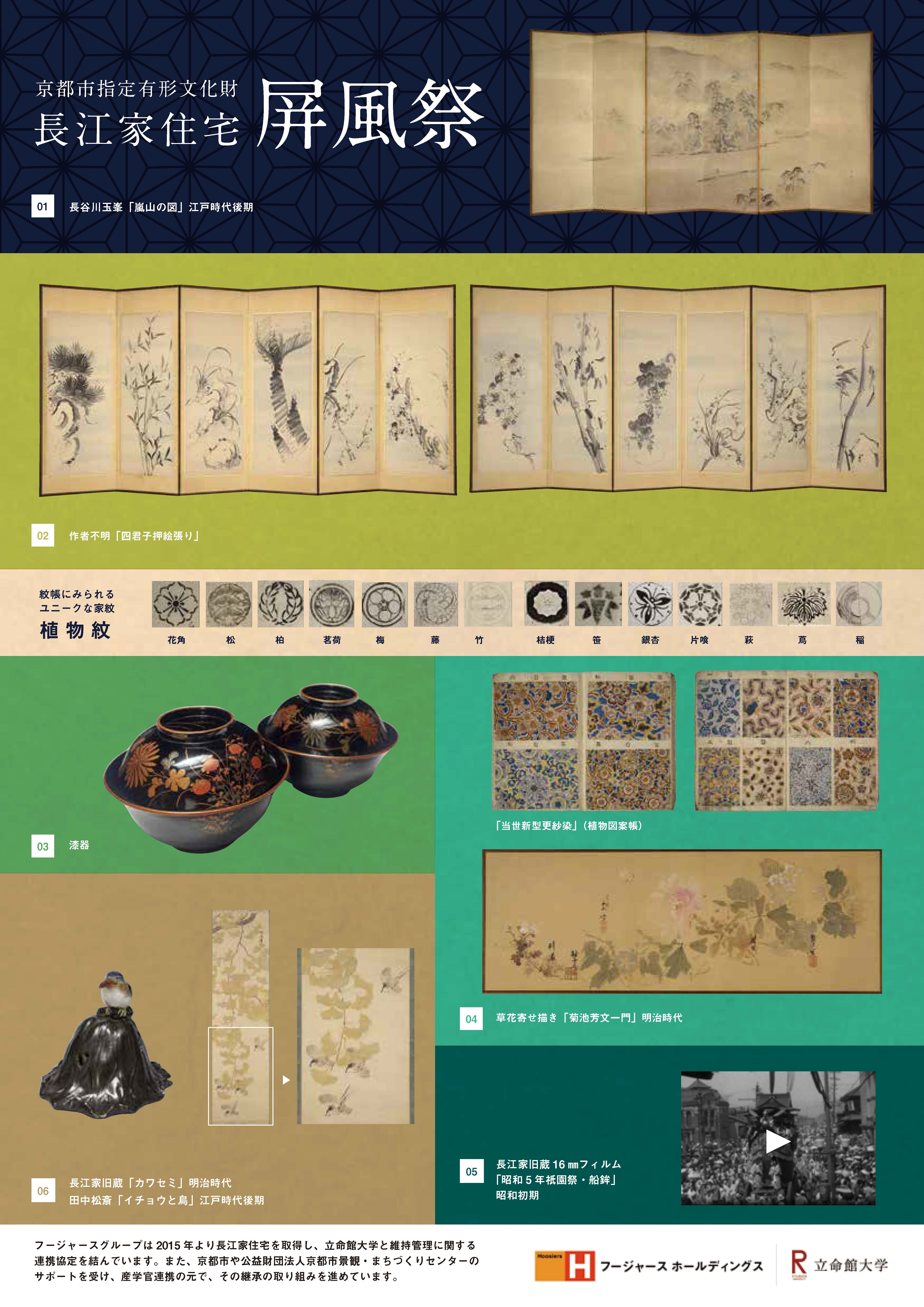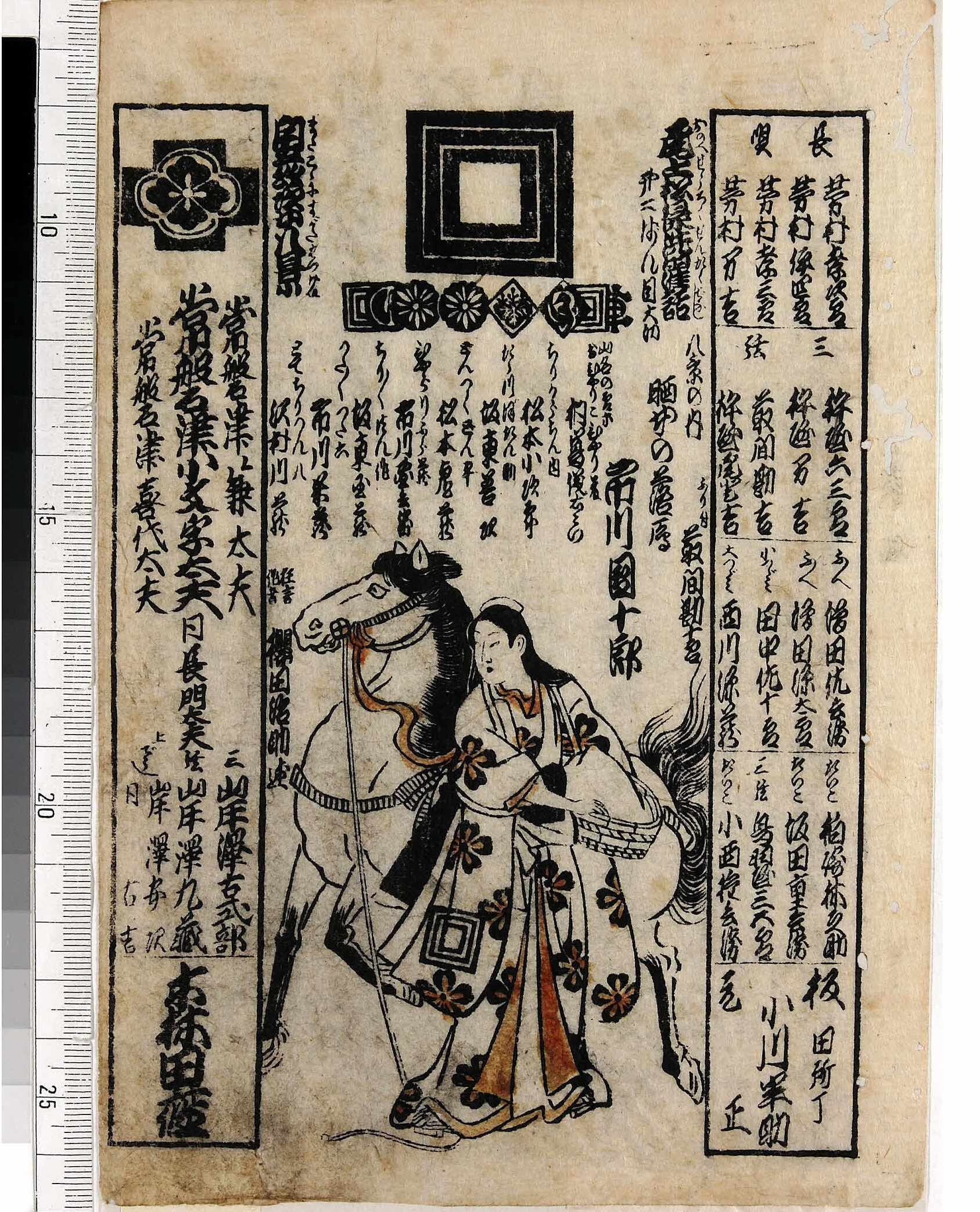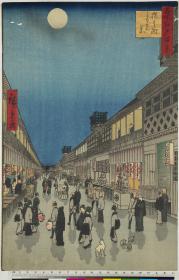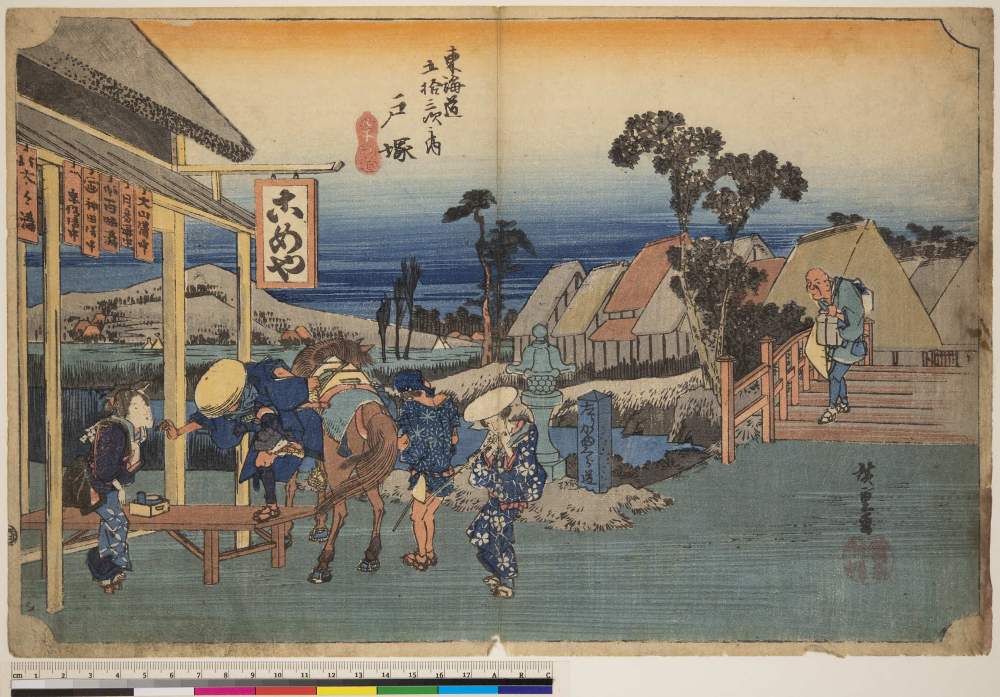-
 8
9
10
11
12
13
14
15
16
17
18
8
9
10
11
12
13
14
15
16
17
18
 [イベント情報]July 19, 2023(Wed)
[イベント情報]July 19, 2023(Wed)Background:
Masami Yamada, leader of the ARC-iJAC project Re-thinking Japonisme: Digitization of the V&A's collection of Japanese illustrated books and researching its formation in the late 19th century, is a Curator in the Victoria and Albert Museum's Asia Department. She has particular responsibility for the collections of Japanese lacquerware, netsuke, ukiyo-e woodblock prints and contemporary craft. Her current area of research is contemporary craft, particularly the work of urushi lacquer artists. In 2022, she received the inaugural Sir Nicholas Goodison Award for Contemporary Craft from the Art Fund to further develop the Museum's internationally renowned Japanese lacquer collection.Thank you very much for your time today. How did you first connect with the Art Research Center (ARC) or hear about the International Joint Digital Archiving Center for Japanese Art and Culture (ARC-iJAC)?
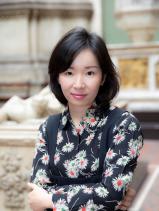
Yamada: The V&A was the first museum where Professor Ryо̄ Akama from the ARC conducted the digitization of a Japanese art collection in Europe 20 years ago. In this first phase of the partnership project, every single artwork from the Museum's extensive collection of ukiyo-e woodblock prints, numbering over 25,000 in total, was photographed. These images were subsequently uploaded onto the Museum's publicly accessible collection database, Explore the Collections. It was a remarkable achievement in the early 2000s when the digital presence of museums was fairly limited.
Soon after I joined the V&A in 2018, I had a chance to meet with Professor Akama and Dr. Ryо̄ko Matsuba, Lecturer in Digital Japanese Arts and Humanities at the Sainsbury Institute for the Study of Japanese Arts and Cultures (SISJAC), in London to discuss the possibility of initiating the second phase of the digitization project. The collections of ukiyo-e prints and illustrated books remain largely uncatalogued and without photographs in the case of the book collection. We agreed that there was much scope to improve the visibility and accessibility of these important collections. So, a collaborative project with the ARC was something I planned to initiate from the very beginning of my time at the V&A.
Read more>>[イベント情報]July 14, 2023(Fri)The Art Research Center (ARC) and Hoosiers Corporation will be holding the Byobu Matsuri, or Folding Screen Festival--a traditional custom of the Gion Matsuri--at the Nagae Family Residence in Kyoto from July 14-16, 2023.
The Nagae Family Residence is a designated tangible cultural property by the City of Kyoto. Themed around 'plants' this year, folding screens and a selection of items from the collection of the Nagae Family Residence will be showcased.
The Nagae family were merchants of the kimono fabric. Their family residence, built between the late Edo period and the Taishō period, served both as a working and living space for many generations.
The ARC has been digital-archiving the collection belonging to the Nagae Family Residence after Ritsumeikan University received it as a donation. Subsequently, the ARC has become involved in planning and managing the Byobu Matsuri held annually at the residence.
This activity is based on an industry-academia collaboration with Hoosiers Corporation, concluded with a Memorandum of Understanding (MoU) on 27 May 2015, to preserve and utilize the Nagae Family Residence for the development and promotion of education and research.
Date: July 14 (10:00 - 20:00 JST), July 15 & 16, 2022 (10:00 - 19:00 JST, last admission 18:30)
Venue: Nagae Family Residence, Kyoto(京都市下京区新町通仏光寺上ル船鉾町394)
Reservations: Not required
Admission fee: 1,000 yen (including a postcard)
Inquiries
Email:nagaeke@hoosiers.co.jp
Tel:075-353-7512(weekdays only)Official website: http://www.nagaeke.jp/
[イベント情報]July 12, 2023(Wed)The 121st International ARC Seminar will be held as a webinar on Wednesday, July 12, from 18:00 JST.
The program is as follows:
Speaker: Takeshi ABEKAWA (Specially Appointed Associate Professor, Graduate School of Education, The University of Tokyo)
Topic: Presentation of digital content in 3D space
Date: Wednesday, July 12, 18:00 - 19:30 JST
Participation: online via Zoom, free of charge (no reservation required)
*This Webinar is open to everyone, and non-ARC members are also invited to participate via YouTube.
[イベント情報]July 1, 2023(Sat)The Takeuchi Dokei Collection, held by the Kunitachi College of Music Library, is the world's largest collection of materials related to Edo-period Japanese music. The Art Research Center (ARC), Ritsumeikan University, is pleased to announce the online release of a number of ukiyo-e prints, banzuke theater programs, nagauta lyric booklets (shohon), and gidayu-bushi lyric booklets (shohon) from that collection.
At this time, 2,025 Tokiwazu-bushi lyric booklets (shohon) have been released. You can search for these by entering 常磐津 in the "genre" (ジャンル) search box at the following link:
https://www.dh-jac.net/db1/books/search_kunishohon.php?lang=en
Because Tokiwazu-bushi developed chiefly within the field of Edo kabuki, most of the Tokiwazu-bushi lyric booklets in the Takeuchi Dokei Collection were published in Edo. However, the collection also includes 196 items published in Nagoya.
A commentary on Tokiwazu-bushi lyric booklets by Takeuchi Yuichi (Research Institute for Japanese Traditional Music, Kyoto City University of Arts) can be found under「竹内道敬文庫の世界」→ 「C 資料解説」at the following link: https://www.arc.ritsumei.ac.jp/lib/vm/kunitake/2023/06/C3.html
[イベント情報]June 21, 2023(Wed)The 120th International ARC Seminar will be held as a webinar on Wednesday, June 21, from 18:00 JST.
The program is as follows:
Speaker: Akira MATSUDA (Associate Professor, Graduate School of Humanities and Sociology, University of Tokyo)
Topic: The interplay between facts and imagination in the (hi)story of Sumadera
Date: Wednesday, June 21, 18:00 - 19:30 JST
Participation: online via Zoom, free of charge (ARC members only; no reservation required)
There will be no YouTube livestream for this seminar.
[イベント情報]June 7, 2023(Wed)The 119th International ARC Seminar will be held as a Webinar on Wednesday, June 7, from 18:00 JST.
The program is as follows:
Speaker: Kazuma YOSHIMURA (Vice President, Kyoto Seika University & Commissioner for Media Arts Strategy, Agency for Cultural Affairs)
Topic: Museum/archive/network of MANGA~About an example of Kyoto Seika University
Date: Wednesday, June 7, 18:00 - 19:30 JST
Participation: online via Zoom, free of charge (no reservation required)
*This Webinar is open to everyone, and non-ARC members are also invited to participate via YouTube.
[イベント情報]The Royal Ontario Museum (ROM) Collection of Ukiyo-e Prints and Japanese Old Books has been releasedJune 1, 2023(Thu)The Art Research Center (ARC), Ritsumeikan University, in collaboration with the Royal Ontario Museum (ROM), is pleased to announce that 4,233 ukiyo-e prints and 74 Japanese old books from ROM's collection are now available in our database.
・Royal Ontario Museum Ukiyo-e Database
*Note: From the ARC Ukiyo-e Portal Database, you can search for this collection by entering 'Royal Ontario Museum (ROM)' in the 'collection'-field.
・Royal Ontario Museum Japanese Old Books Database
*Note: From the ARC Early Japanese Books Portal Database, you can search for this collection by entering 'Royal Ontario Museum (ROM)' in the 'owner'-field.
Located in Toronto, Canada, the Royal Ontario Museum (ROM) showcases art, culture, and nature from around the world. Canada's largest, most-visited museum, ROM has the most extensive collection of Japanese art in the country, a large part of which are ukiyo-e.
Digital archiving of ROM's collection of ukiyo-e prints began in March 2020, at the start of the COVID-19 pandemic, with the digitization of all the ukiyo-e prints and some of the early Japanese books.
Since then, the ARC has continued to add to the database to ensure all the works from the collection are available online for the public. Each item in the ARC database is linked to ROM's online collection. (Some links are yet to be adjusted.)
The collection includes ukiyo-e prints from a wide range of periods and genres, from monochrome early ukiyo-e prints of the Genroku period (1688 - 1704), to shin-hanga prints of the Taisho and Showa periods.
At its core is the collection of over 2,000 ukiyo-e prints of Sir Byron Edmund Walker--one of the founders and first chairman of ROM--that was bequested to the Museum in 1926.
Regarding main genres, the collection consists of 1,426 landscape prints (名所絵), 685 prints of beautiful women (美人画), 464 warrior prints (武者絵), 375 actor prints (役者絵), and 361 prints of scenes from stories (物語絵; including duplicates of actor prints). It is also particularly noteworthy that there are 219 war prints (戦争絵), 83 earthquake (地震絵) and catfish prints (鯰絵), 33 prints depicting foreigners, and 201 surimono.
Regarding ukiyo-e artists, the collection includes 750 prints by Hiroshige, 716 prints by Gekko, 300 prints by Hokusai, 125 prints by Toyokuni I, 100 prints by Kunisada, and 117 prints by Utamaro.
In 2009, a donation of 136 warrior prints from the late James King, a professor of English at McMaster University, Hamilton, Ontario, enriched the collection of this genre. Moreover, Balfour Halévy, the former law librarian of York University, Toronto, donated his collection of over 600 works of Ogata Gekko to ROM in 2016. This rare collection is an essential source for research on Gekko.
We hope that access to this database from ROM's extensive collection provides a foundation for further ukiyo-e research and learning.
References:
・James King and Yuriko Iwakiri: Japanese Warrior Prints, 1646-1904. Hotei, 2007.
・Sir Byron Edmund Walker | Royal Ontario Museum (rom.on.ca): https://www.rom.on.ca/en/about-us/rom/founders/sir-byron-edmund-walker
[イベント情報]May 24, 2023(Wed)The 118th International ARC Seminar will be held as a Webinar on Wednesday, May 24, from 18:00 JST.
The program is as follows:
Speaker: Chiaki TAKAHASHI (Part-time Lecturer, Faculty of Letters, Doshisha University)
Topic: Prize Contests and Photographs: Communities of Magazines and Readers
Date: Wednesday, May 24, 18:00 - 19:30 JST
Participation: online via Zoom, free of charge (no reservation required)
*This Webinar is open to everyone, and non-ARC members are also invited to participate via YouTube.
[イベント情報]May 15, 2023(Mon)We are pleased to announce that 1,541 ukiyo-e prints held by the UC Berkeley Art Museum and Pacific Film Archive (BAMPFA) are now available on the website of the Art Research Center (ARC), Ritsumeikan University.
Ukiyo-e Database for Berkeley Art Museum and Pacific Film Archive
Note: From the ARC Ukiyo-e Portal Database, you can access this database by entering 'BAMPFA' in the 'collection'-field.
BAMPFA is the art museum of the University of California, Berkeley, in the heart of downtown Berkeley.
In September 2019, the Art Research Center (ARC) obtained authorization from the museum to digitize its collection of ukiyo-e prints, which has now been completed. Upon adding the metadata, we reported to the museum on the project in February 2020 and have been working to improve the data during the COVID-19 pandemic.
Coordinating with the museum, the ARC has made the database publicly accessible from the ARC website. A button for each item provides a direct link to the BAMPFA collection database.
Among the 1,541 ukiyo-e prints in the collection, 595 landscape prints (名所絵) make up the largest share, followed by 501 prints of beautiful women (美人画), 224 actor prints (役者絵), and 83 warrior prints (武者絵). Regarding ukiyo-e artists, the collection comprises 359 ukiyo-e prints by Hiroshige, 164 ukiyo-e prints by Kunisada I, 118 ukiyo-e prints by Hokusai, and 72 ukiyo-e prints by Kuniyoshi.
Particularly noteworthy are the 134 surimono (摺物) and 120 pillar prints (柱絵), for which the opening of this database provides a foundation for further research.
[イベント情報]May 10, 2023(Wed)The 117th International ARC Seminar will be held as a Webinar on Wednesday, May 10, from 18:00 JST.
The program is as follows:
Speaker: Naoki ISHIBASHI (Professor, Graduate School of Data Science, Musashino University)
Topic: Artizon Cloud: A Multidatabase System Architecture for a Museum and Its Applications
Date: Wednesday, May 10, 18:00 - 19:30 JST
Participation: online via Zoom, free of charge (no reservation required)
*This Webinar is open to everyone, and non-ARC members are also invited to participate via YouTube.
 8
9
10
11
12
13
14
15
16
17
18
8
9
10
11
12
13
14
15
16
17
18



